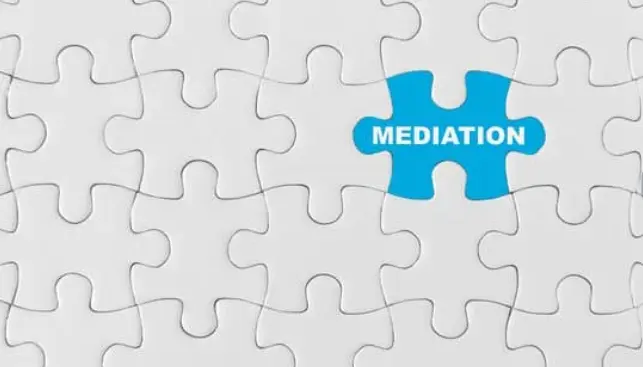Peer Mediation
Peer mediation is a conflict resolution process in which trained student mediators assist their peers in resolving disputes (Lane & McWhirter, 1992). The goal is to create a peaceful school environment by empowering students to manage conflicts constructively (Johnson & Johnson, 1996). Peer mediation programs are implemented in schools worldwide, providing valuable life skills and promoting a positive school climate (Lane & McWhirter, 1992).
Core Components
Peer mediation programs consist of several essential components designed to ensure effectiveness and sustainability.
Training: Student mediators undergo comprehensive training in conflict resolution techniques, communication skills, and mediation procedures (Crawford & Bodine, 2001). Training typically covers active listening, empathy, neutrality, and problem-solving skills (Crawford & Bodine, 2001).
Mediation Process: The mediation process involves a structured procedure where mediators facilitate a conversation between the disputing parties. The process usually includes the following steps:
1. Introduction: Mediators introduce themselves and explain the rules and purpose of mediation.
2. Storytelling: Each party shares their perspective on the conflict without interruption.
3. Identifying Issues: Mediators help the parties identify the underlying issues and common interests.
4. Generating Solutions: Parties brainstorm possible solutions with the guidance of mediators.
5. Agreement: Parties agree on a solution and create a written agreement outlining their commitments (Johnson & Johnson, 1996).
Supervision and Support: School staff, such as counselors or teachers, provide ongoing supervision and support to the peer mediators, ensuring the program runs smoothly and mediators have the resources they need (Sellman, 2003).
Implementation Strategies
Implementing a successful peer mediation program involves several key strategies:
Program Planning: Schools need to plan the program carefully, including selecting and training mediators, scheduling mediation sessions, and establishing protocols (Bodine & Crawford, 1998). This stage involves gaining support from school administration, staff, and parents (Bodine & Crawford, 1998).
Selection of Mediators: Students are selected based on criteria such as leadership skills, empathy, and communication abilities. Some programs involve an application process, while others rely on teacher recommendations (Burrell et al., 2003).
Training: Effective training programs are essential for preparing student mediators. Training typically includes role-playing exercises, discussions, and skill-building activities to ensure mediators are well-equipped to handle disputes (Crawford & Bodine, 2001).
Promotion and Awareness: Schools need to promote the peer mediation program to ensure students are aware of its availability and benefits. This can involve presentations, posters, and incorporating information into the curriculum (Sellman, 2003).
Monitoring and Evaluation: Continuous monitoring and evaluation help assess the program's effectiveness and identify areas for improvement. Feedback from participants, mediators, and staff is crucial for refining the program (Burrell et al., 2003).
Impact on the Educational Field
Peer mediation programs have a significant impact on the educational environment, offering numerous benefits to students and the broader school community (Rozmus, 1997).
Conflict Resolution Skills: Students learn essential conflict resolution skills, such as active listening, empathy, and problem-solving. These skills are valuable in both academic and personal settings (Johnson & Johnson, 1996).
Improved School Climate: Peer mediation fosters a more positive school climate by reducing the incidence of conflicts and promoting a culture of cooperation and respect (Crawford & Bodine, 2001).
Student Empowerment: The program empowers students by giving them a role in maintaining a peaceful school environment. Mediators develop leadership skills and a sense of responsibility (Bodine & Crawford, 1998).
Reduced Disciplinary Actions: Schools with peer mediation programs often see a decrease in disciplinary actions, as conflicts are resolved before escalating to more serious issues (Burrell et al., 2003).
In conclusion, peer mediation is an effective strategy for managing conflicts in schools, fostering a positive school climate, and teaching valuable life skills. By training student mediators and implementing structured mediation processes, schools can empower students to resolve conflicts constructively. The success of peer mediation programs depends on careful planning, ongoing support, and regular evaluation to ensure they meet the needs of the school community.

Peer Mediation Process
To gain a deeper understanding of how peer mediation works in a school setting, please watch the following videos. They demonstrate the peer mediation process in action, showcasing the training of student mediators, the mediation steps, and the positive impact on the school environment.
(Whitaker Peace and Development Initiative, 2023)
(Whitaker Peace and Development Initiative, 2022)